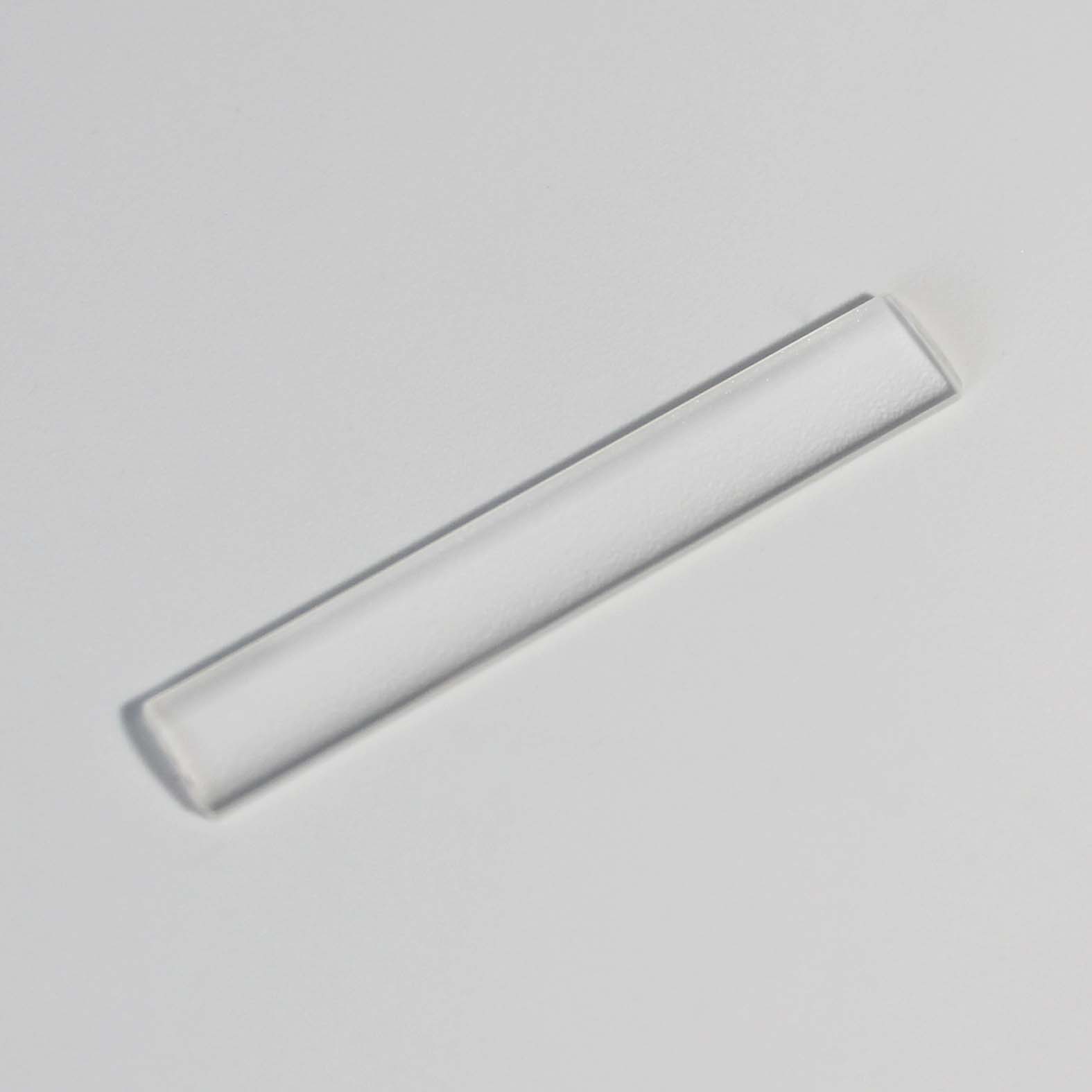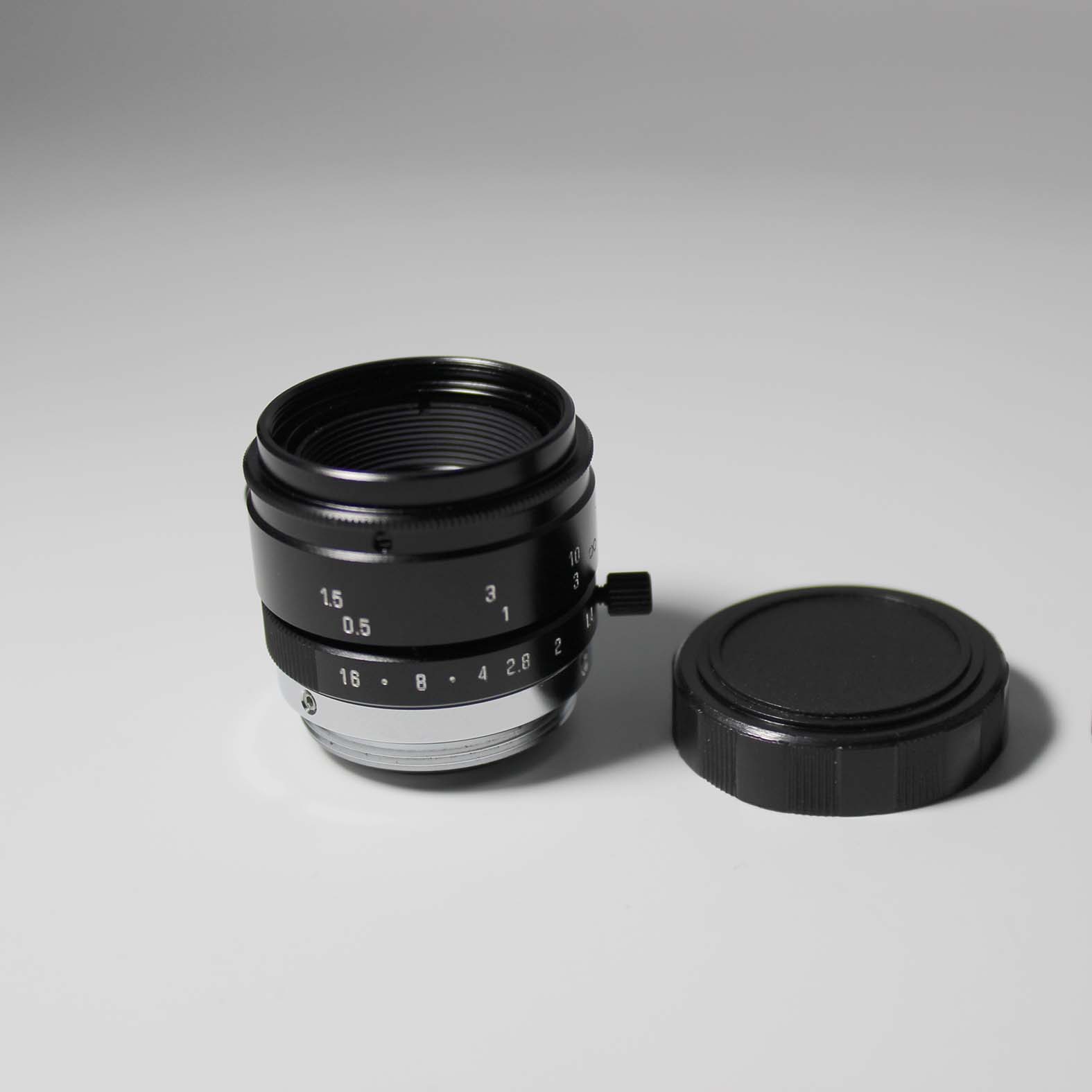
Hot Selling Products Laser Cutting Machine Optical Glass Plano Convex Cylindrical Lens
Hot Selling Products Laser Cutting Machine Optical Glass Plano Convex Cylindrical Lens
Item No: X-P23C8M16001
Cylindrical lenses are often used to change the profile of laser beams, for example to correct for astigmatism and ellipticity in diode lasers or to generate lines from single mode lasers.VY Optoelectronics Co., Ltd. can customize lenses according to your requirements.
- Material: N-BK7 / N-SF2 etc.
- Dimension: 3mm-500mm
- Tolerance: +/-0.01mm
- Surface Accuracy: lambda/10
- Surface Quality: 10-5
- Clear Aperature: 95%
- Coating: AR @400-700nm, R≤0.5% or Optional
Quote Now
What is Cylindrical Lens?
Cylindrical lenses is a lens which focuses light into a line instead of a point, as a spherical lens would. The curved face or faces of a cylindrical lens are sections of a cylinder, and focus the image passing through it into a line parallel to intersection of the surface of the lens and a plane tangent to it along the cylinder’s axis. The lens converges or diverges the image in the direction perpendicular to this line, and leaves it unaltered in the direction parallel to its cylinder’s axis.
A toric lens combines the effect of a cylindrical lens with that of an ordinary spherical lens.
Design principle of Optical Cylindrical lens
Optical Cylindrical lenses are designed to focus light into a straight line, rather than to a single point. As the name suggests, the lens surface has a cylindrical shape rather than the usual spherical which allows for one dimensional shaping of light along a line. Cylindrical lenses are typically either plano-concave or plano-convex, designed to expand and focus light respectively, and can be supplied in either diameter or rectangular shape for ease of mounting.
Types of cylindrical lenses
- Plano-Convex Cylindrical lenses have a positive focal length, which makes them ideal for collecting and focusing light for many imaging applications.
- Plano-Concave Cylindrical lenses have a negative focal length and are used for image reduction or to spread light.
- Double-Convex Lenses are used in image relay applications, or for imaging objects at close conjugates.
- Double-Convex Lenses have positive focal lengths, along with two convex surfaces with equal radii. Aberrations will increase as the conjugate ratios increase. DCV Lenses are used in a range of industries or applications.

Application of cylinder lens
- Cylindrical lens are typically used to focus incoming light to a line, or to change the aspect ratio of an image.
- Cylindrical Lenses have a single cylindrical surface that causes incoming light to be focused in only a single dimension, stretching the image.
- Cylinder Lens are available with positive or negative focal lengths, ideal for laser line generation or anamorphic beam?shaping to circularize laser outputs.
- Cylinder Lenses are often used as laser line generators or to adjust the height of images or to correct astigmatism in imaging systems.
This Plano Convex Cylindrical Lens Pictures from Various Angles
Fused Silica Cylindrical Lens Video
The optical glass cylindrical lenses specification
| Material | Fused Silica |
| Surface Quality | 60/40 |
| CT | 1.5mm |
Cylindrical lens from
VY Optics offers a wide variety of Cylindrical Lenses in a range of substrates or anti-reflection coatings for maximum performance in the Ultraviolet (UV), Visible, or Infrared (IR).
Anti-reflection coatings include UV-AR, UV Fused Silica or Calcium Fluoride (CaF2) substrates are also available for additional performance in the Ultraviolet (UV) or Infrared (IR)
spectrums.
UF Fused Silica Double-Convex Lenses are ideal for close conjugate imaging systems utilizing Ultraviolet (UV) illumination.
Calcium Fluoride (CaF2) offers a very wide transmission range of 350nm – 7μm.
Cylindrical lens Normal Precision and Limit Precision
(Material BK7, Fused Silica, SF11,B270,Sapphire, CaF2 etc. all can be customized.)
| Specification | Normal Precision | Limit Precision |
| Dimension Tolerance | +/-0.1mm | +/-0.001mm |
| Thickness Tolerance | +/-0.1mm | +/-0.001mm |
| Scratch-Dig | 80/50 | 10/5 |
| Surface Flatness | λ | λ/20 |
| Clear Aperture | 90% | 99% or better |
People Also Ask
- What is the difference between spherical lenses and cylindrical lenses?
A spherical lens focuses a beam of light at a single point for viewing. A cylindrical lens, by contrast, focuses light on a single line. This change occurs because the light is focused at
different points, depending on where on the axis it enters the lens. - What is the advantage of cylindrical lens?
Cylindrical lenses correct astigmatism by focusing light on only one plane, compensating for the difference in refraction in the two planes and aligning them. - What shape glasses are best for astigmatism?
Due to the irregular shape of the cornea, astigmatic glasses require cylindrical lenses rather than spherical lenses.
Want to learn more / get a quote? Just click here to contact us now~ 
ANYTHING YOU COULDN’T FIND?
Talk With Our Sales
Vyoptics dedicated to being the supplier you choose for your custom optic fabrication. From volume production to prototype, we will meet any require specifications at the most cost effective solution.
- Free quotes and design consultations
- Comprehensive brochure you can download
- Worry-free returns
- Lightning Delivery
- OEM&ODM
- Fast Respond Or enthusiasm
- Rapid Production
- Low MQQ
SEND US AN EMAIL
Contact Us
Welcome to discuss your purchasing requirements with our customer service.












